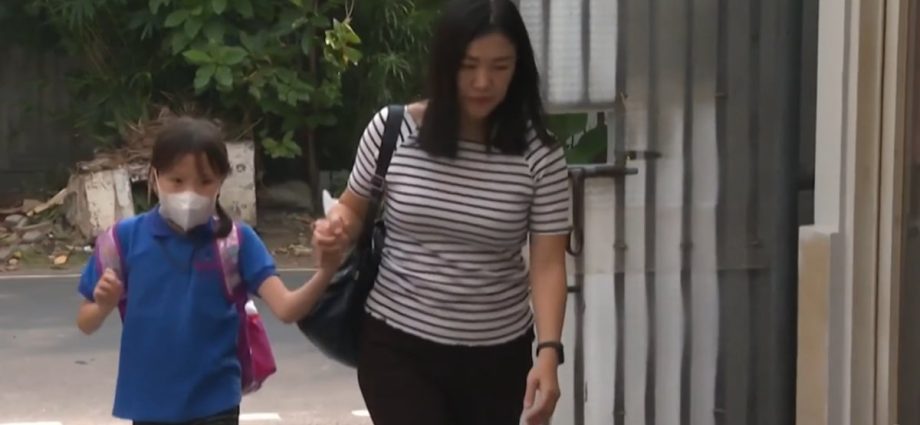
“Parents were not welcoming, they were not liking the idea of having Down syndrome and autistic children in one class,” she said.
“They were afraid that the Down syndrome child would copy the autistic child. So, that was also one stigma that I had to remove and also create awareness that they are actually growing well together … and as long as they are safe.”
Older children at the centre go on to have training sessions by a vocational unit to prepare them for life after graduation.
During those lessons, students are taught how to open their own bank accounts, and make simple handicraft to sell. A bracelet, for instance, is sold for about US$4.
SOCIETAL PRESSURES
Having these students go out into the real world comes with the pressures of society, said Ms Caesar Astria Pusphita, a clinical psychologist at the centre.
“’What exactly can they do? Actually, what do they do?’ People ask me such questions. That is what makes me sad,” she said.
“They are just like us – they are growing, we are also growing. We are also supporting them in how they can be functional in society. How can we help them to be able to stand on their own feet?”
While parents of children with disabilities say that positive changes have been made in recent years within Indonesia’s landscape and society with regards to awareness and acceptance, more work needs to be done.
“Other people looking at the special needs children – they feel they are a little strange or they look at them with a negative lens,” said Ms Fenny.
“But we don’t need to feel discouraged because this response from people is very normal. It is we, ourselves, whose hearts must be open. We must guide others to understand our (children’s) condition too.”

